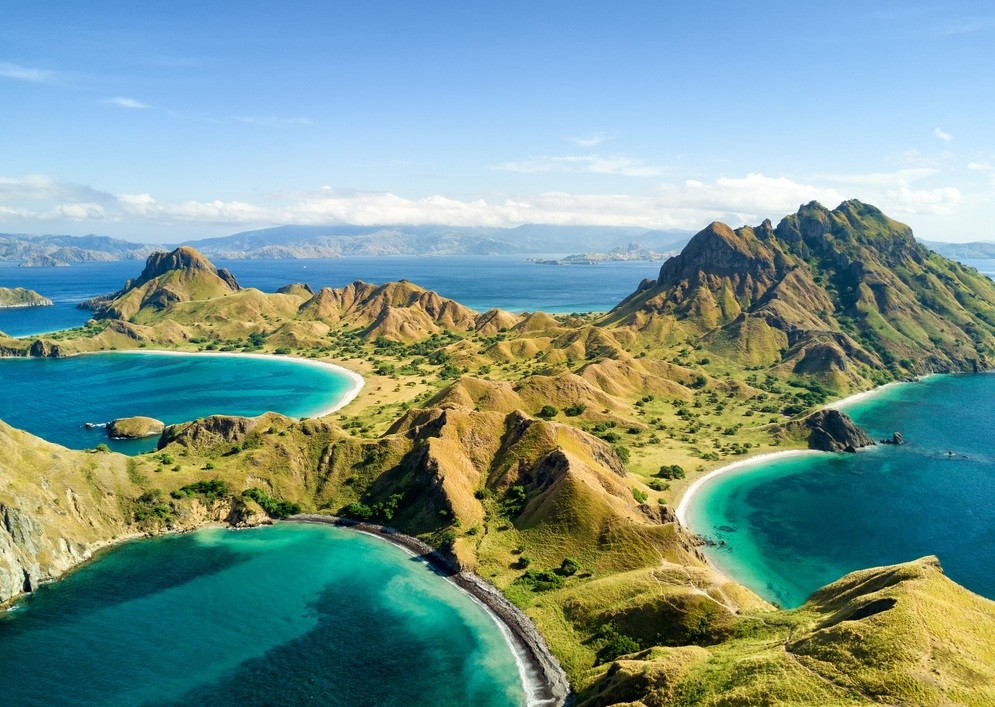Popular Reads
Top Results
Can't find what you're looking for?
View all search resultsPopular Reads
Top Results
Can't find what you're looking for?
View all search resultsTrash still huge problem in Indonesia’s national parks
Hundreds of kilograms of trash were collected in each national park.
Change text size
Gift Premium Articles
to Anyone
T
he East Nusa Tenggara (NTT) administration undertook a massive trash clean-up drive in popular national parks on Monday to leverage momentum for National Trash Awareness Day as well as enhancing its efforts toward greater economic empowerment through tourism.
Komodo National Park conservation agency collected almost a ton of trash from Komodo Island.
Margaretha Priska, an officer at the conservation agency, said they conducted clean-up drives at four locations -- Kambing Island as well as Rinca, Papagarang and Komodo villages.
The clean-up was held in coordination with several local institutions that included the Fire Awareness Society (MPA), village administrators, teachers and students.
“We collected around 980 kilograms, mostly plastic waste. The trash will be taken to a landfill in Labuan Bajo,” she told The Jakarta Post on Tuesday.
Labuan Bajo is the entry point to Komodo National Park, a conservation area that is known worldwide as the habitat of the Komodo dragon as well as for having breathtaking diving sites.
Another clean-up event was held in Kelimutu National Park, another popular tourist destination in the province. The local conservation agency collected trash from areas surrounding Lake Kelimutu in Ende regency.
Spanning around 5,300 hectares and designated as an official park in 1992, Kelimutu is home to the famous three-colored crater lakes and an arboretum showcasing endemic flora in the area, including the uta onga (Begonia kelimutuensis), turuwara (Rhododendron renschianum) and cantigi gunung (Vaccinium varingiaefolium). The park is also home to the garugiwa bird (Pachycephala nudigula), which is known for its broad range of songs.
On the same day, the Ruteng nature conservation park agency also carried out a clean-up drive around Lake Ranamese in Manggarai regency. The lake draws scores of visitors to its dense forests and 21-meter-deep crater lake, which is at an altitude of 1,220 meters.
On Sumba Island, the Menupeu Tanah Daru and Laiwangi Wanggameti (Matalawa) National Park agency collected trash at the Lapopu waterfall, which is located in Hatikuloku village, Wanokaka district.
The agency’s head, Memen Suparman, said they had collected at least 400 kg of trash.
“Around 150 people participated in the clean-up event.”
The regency, Memen said, still had no waste recycling management system in place, which exacerbated the trash problem.
He urged visitors to keep the area clean by throwing their rubbish in bins provided at the location.
Meanwhile, hundreds of volunteers collected over 500 kg of trash in Mount Halimun Salak National Park, West Java.
Awen Supranata, the head of the national park in Sukabumi, said the volunteers had cleaned up hiking trails, tourism spots and conservation areas.
Awen added that too many visitors were still discarding their trash, which includes plastic bags, cigarette butts and soft drink cans, in the national park. Most it is dumped on the hiking trails.
“Don’t pollute the mountain with trash. Visitors must take responsibility for their own trash,” he said as quoted by Antara. (das)










